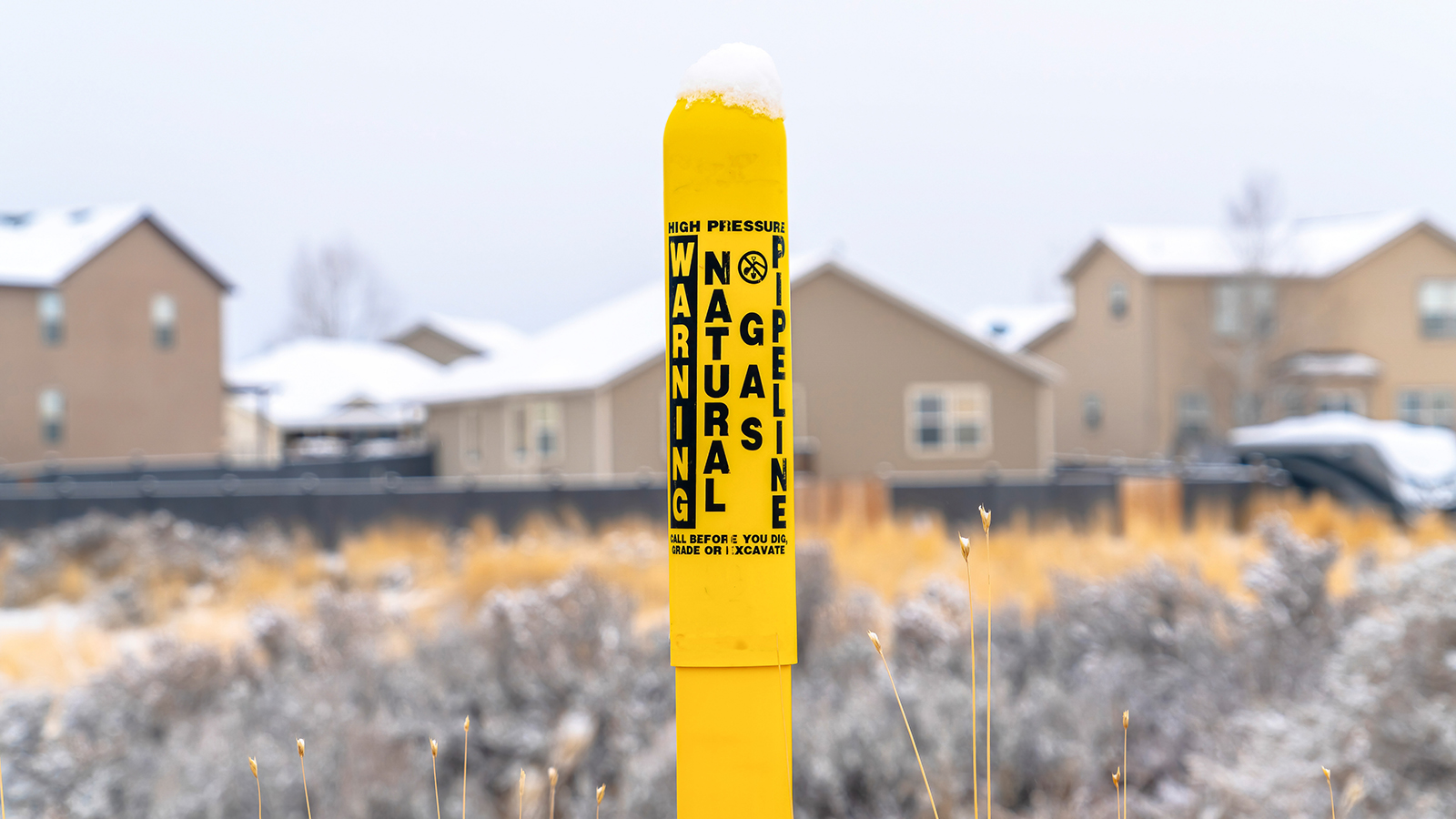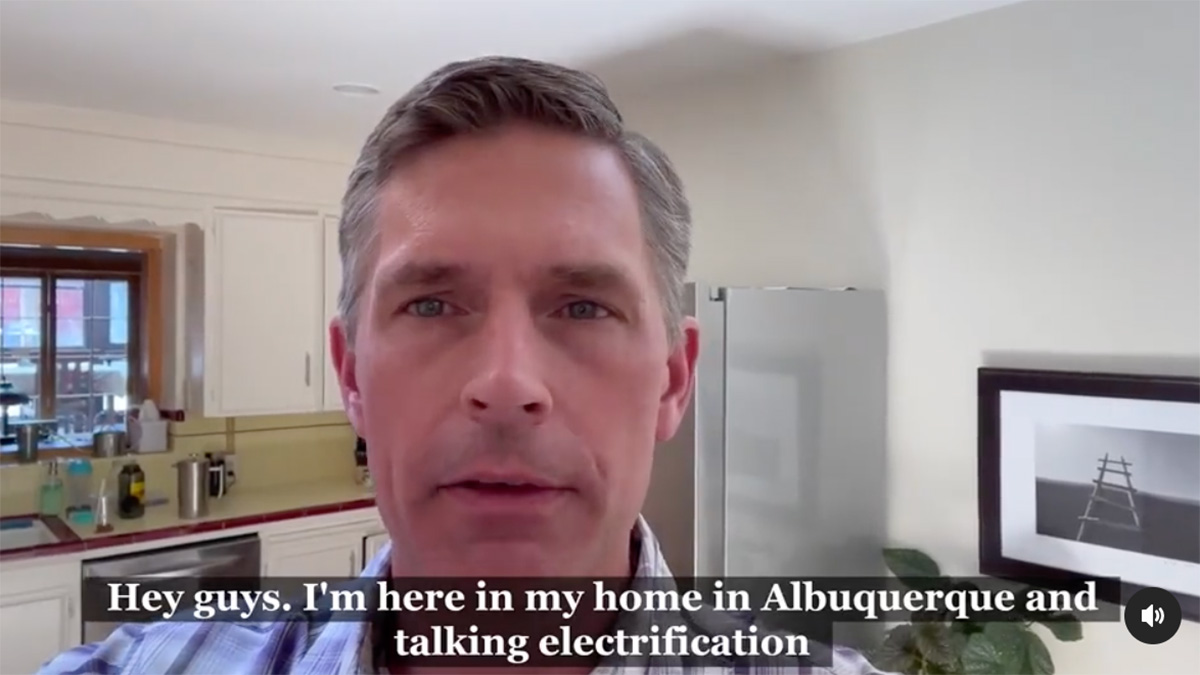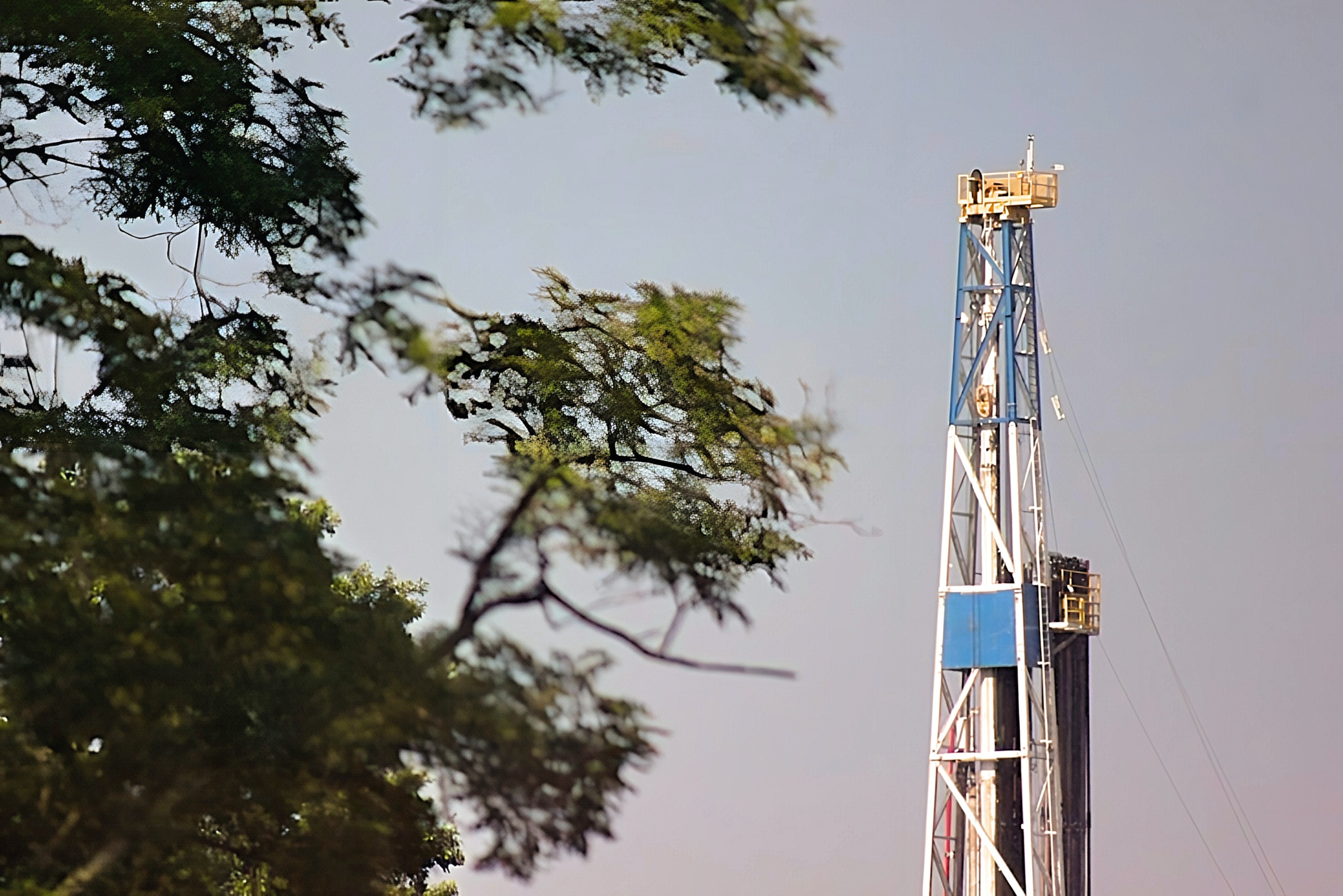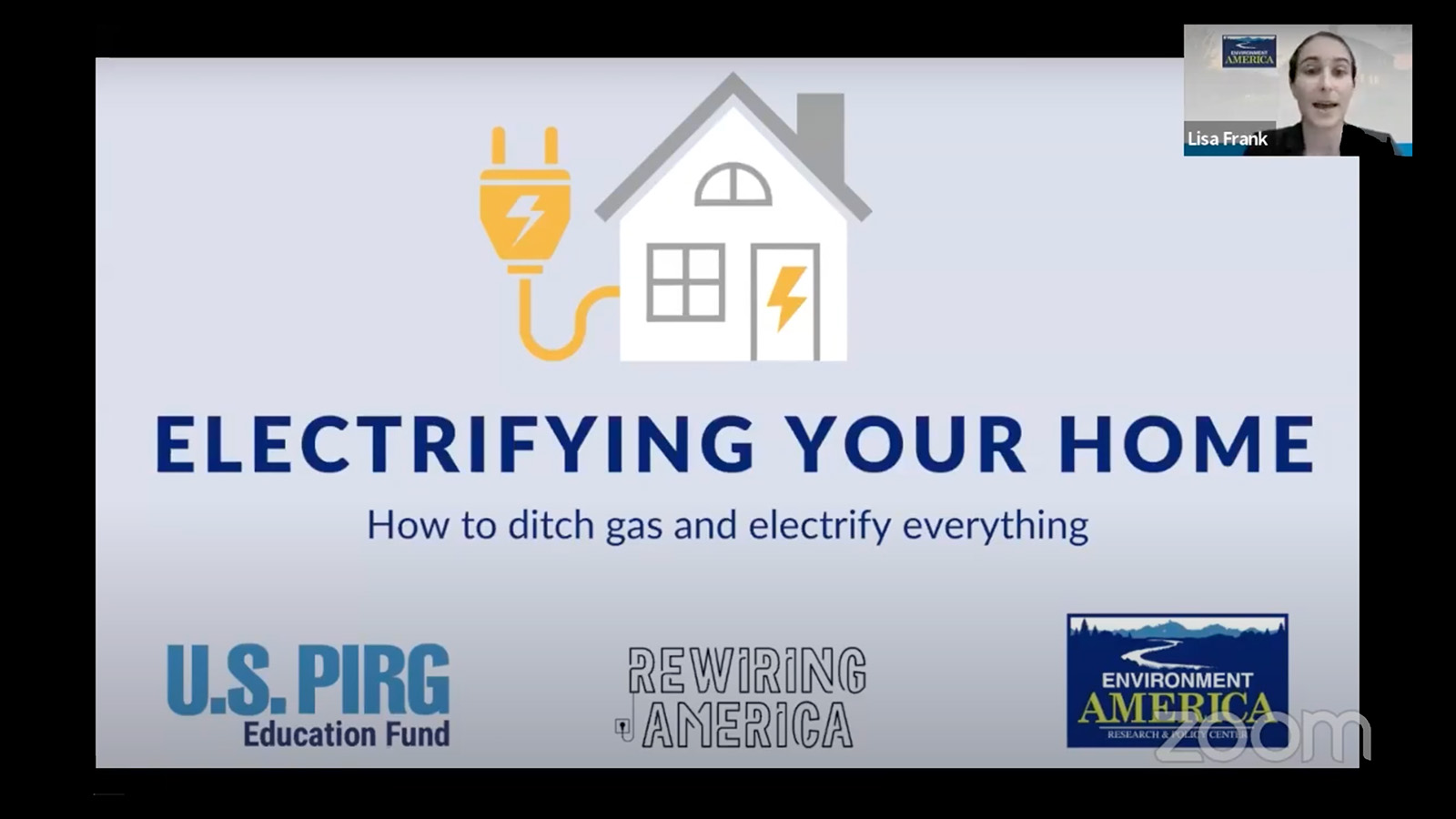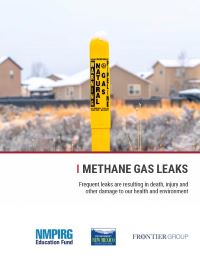Major gas leaks continue to occur.
The frequency of major gas leak incidents has not declined significantly since 2010, despite the time and money that gas utilities have spent to address leaks in the wake of several deadly explosions.
In states such as Illinois and Maryland, utility programs have prioritized complete system replacements over focused replacement of leak-prone infrastructure, resulting in the expenditure of billions of dollars for limited public safety benefit.
While efforts to reduce leaks from gas distribution systems have made some progress, reliance on methane gas is inconsistent with the need to decarbonize the nation’s energy system by mid-century. As a result, investments in gas systems beyond those needed to protect public health and safety could become “stranded,” diverting attention and resources that should be used to transition the nation’s energy system to truly clean forms of energy.
The consistent risks posed by gas leaks – coupled with the urgent need to address climate change – mean that the nation should prioritize electrifying buildings while taking immediate, focused actions to address the biggest safety risks.
